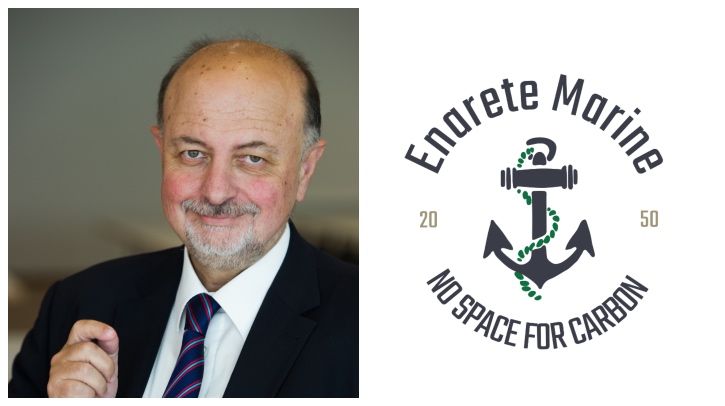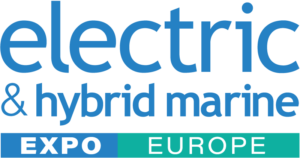Electric and Hybrid Marine Technology International speaks to Elias Boletis, chair of CIMAC Working Group 10, ahead of his presentation at Electric and Hybrid Marine World Expo in Amsterdam, on The challenges to ship owners in the decarbonization process, and the responsibilities of equipment manufacturers.
The presentation will unpick the questions that arise about the drivers of technological progress toward decarbonization in the marine sector. Are they pulled along by demand from shipowners or pushed forward by equipment manufacturers? What are the implications of either approach? Which would be best and should either do more of the same, less, or something entirely different?
As the representative responsible for CIMAC Working Group 10 ‘end users’ (such as shipowners), Boletis is uniquely placed to provide insight into these questions due to his experience providing a link between the shipowners and the equipment manufacturers of the marine sector.
How do you think progress toward the hybridization and electrification (H&E) of vessels has been proceeding?
Electrification started several decades ago on individual products like main propulsion engines by replacing hydraulic and mechanical functionality with electrical. Still, progress could be considered as rather slow due to the lack of cooperation between the parties in the vessel supply chain and the lack of standardization rules.
The benefits of H&E have been more appreciated in recent years, with a rapid increase in cooperation projects and the maturity of products. The hybridization of vessels is a must for improved performance and reduced operational cost. The positive effects extend to the whole fleet, although for some vessel types (those with a variable operational profile) the effects are much more obvious.
Alternative power supply technology (fuel cells, wind assist, etc) and power storage are reaching a level of technical maturity and cost competitiveness. This creates strong new opportunities for hybridization. Both electrification and hybridization are the basic enablers for the decarbonization of the maritime business.
What are the trends you see arising either as difficulties or real opportunities?
From the start, the difficulty was to quantify the positive impact of electrification and hybridization. Also, there has been some conservatism in parts of the (primarily merchant) business on adopting new technologies. However, the urgency of decarbonization and the effort required bring additional speed to the broader implementation of electrification and hybridization. Most owners recognize that decarbonization requires the combination of intelligent solutions, systems integration, vessel efficiency improvements and the introduction of new fuels.
Marine is a business for marathon runners and not so much sprinters. I recall the development of gas technology. In the period 1998-2002, the technologies were ready but the commercial environment was not helping. Many years later, when the business was demanding gas solutions, we managed to get the technology off the shelf.
What are the key points in your presentation that you’d like attendees to take away?
My key points are: decarbonization will reshape the industry; there are new technologies and new products that will play a major role in future shipping; and both the building of efficient new vessels and the improvement of the current fleet are required. Even if you build a vessel today, the design lifetime is 25-30 years, and you will need – as the owner – future adaptations in order to continue fulfilling environmental targets. I’ll also look into how hybrid means ‘combine two – or more – different elements’ – and this is advisable in case of uncertainties about which will be the winning technologies and fuels. Finally, attendees will learn about a combination of vessel environmental technologies (including H&E) and new low-carbon fuels that will bring the best possible result.
To register for your Electric and Hybrid Marine World Expo Conference pass, please click here.




